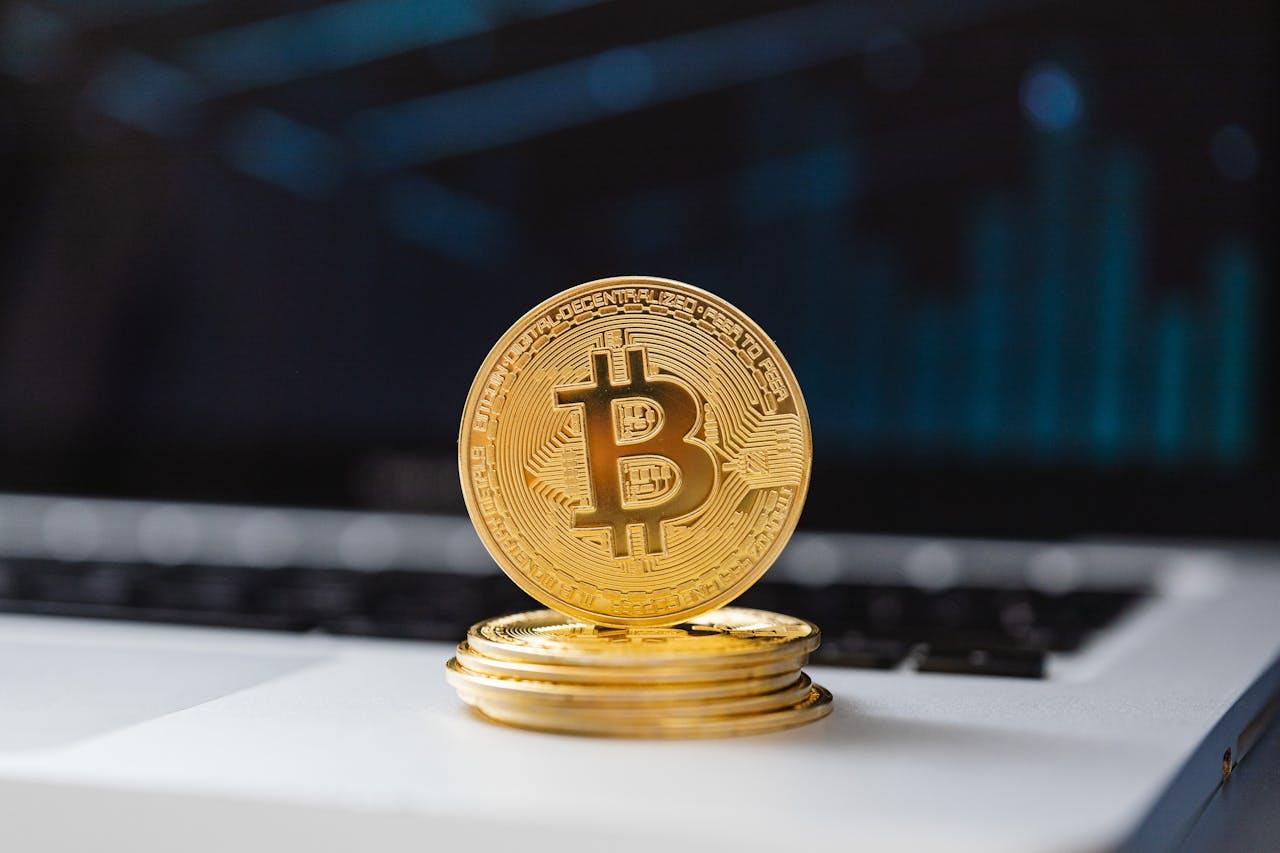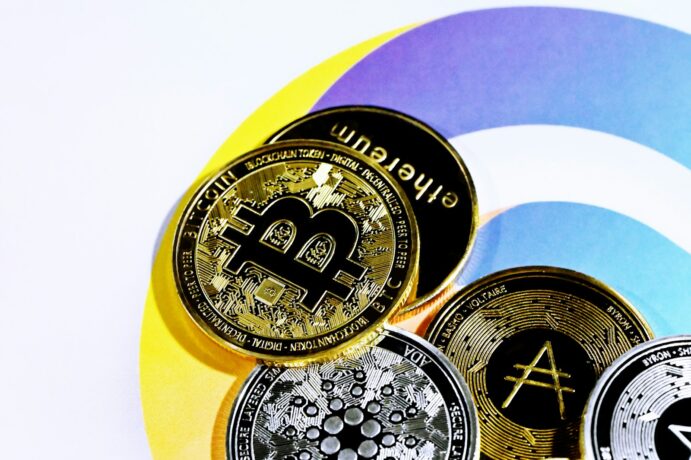
The cryptocurrency market is known for its constant motion, and staying on top of it can feel like a full-time job. Protecting your digital assets requires more than just strong passwords; it involves being aware of the market’s pulse.
With the right information, you can make smarter decisions to keep your investments safe from volatility and external threats.
Step 1: Stay Informed with Reliable Sources
The quality of your information is crucial. Stick to reputable news outlets, official project blogs, and established financial news sites for your updates. Following untrustworthy sources can lead to poor decisions based on hype or misinformation.
Look for platforms that provide detailed analysis and data-backed reporting to get a clear picture of market trends. Consuming reliable Crypto Market News is essential, as it forms the foundation of your security strategy.
Reputable information helps you differentiate between significant developments and market noise. A well-informed investor is better equipped to react logically rather than emotionally.
Step 2: Use Hardware Wallets for Secure Storage
Online “hot” wallets are convenient for frequent trading, but they are more vulnerable to hacking. For long-term storage, a hardware “cold” wallet is a much safer option. These are physical devices that store your private keys offline, away from potential online threats.
When you hear news of major exchange hacks or security breaches, it reinforces the importance of moving any significant holdings to cold storage.
Step 3: Implement Two-Factor Authentication (2FA)
Two-factor authentication adds an essential layer of security to your online accounts. It requires a second form of verification, usually a code from your mobile device, in addition to your password.
This makes it much harder for unauthorized individuals to access your accounts, even if they manage to steal your password. Enable 2FA on every exchange and wallet service you use.
Step 4: Regularly Update Your Security Software
Keeping your computer and mobile devices updated is a simple yet effective security measure. Software updates often include patches for newly discovered security vulnerabilities. Outdated software can be an easy entry point for malware or hackers.
Make sure your antivirus programs, firewalls, and operating systems are always running the latest versions to protect your devices and your crypto assets.
Step 5: Be Cautious of Phishing Attempts
Phishing scams are a common threat in the crypto world. These are fraudulent attempts to trick you into revealing sensitive information, such as your private keys or login credentials. Scammers often create fake websites or send emails that look like they are from legitimate sources.
Always double-check website URLs and be skeptical of unsolicited emails or messages asking for your personal information.
Step 6: Understand Smart Contract Risks
Many cryptocurrencies, especially those in the DeFi space, operate on smart contracts. While powerful, these contracts can have vulnerabilities that malicious actors can exploit.
News of smart contract exploits is frequent. Before interacting with a new platform or token, research its audit reports and community feedback to assess the potential risks involved.



